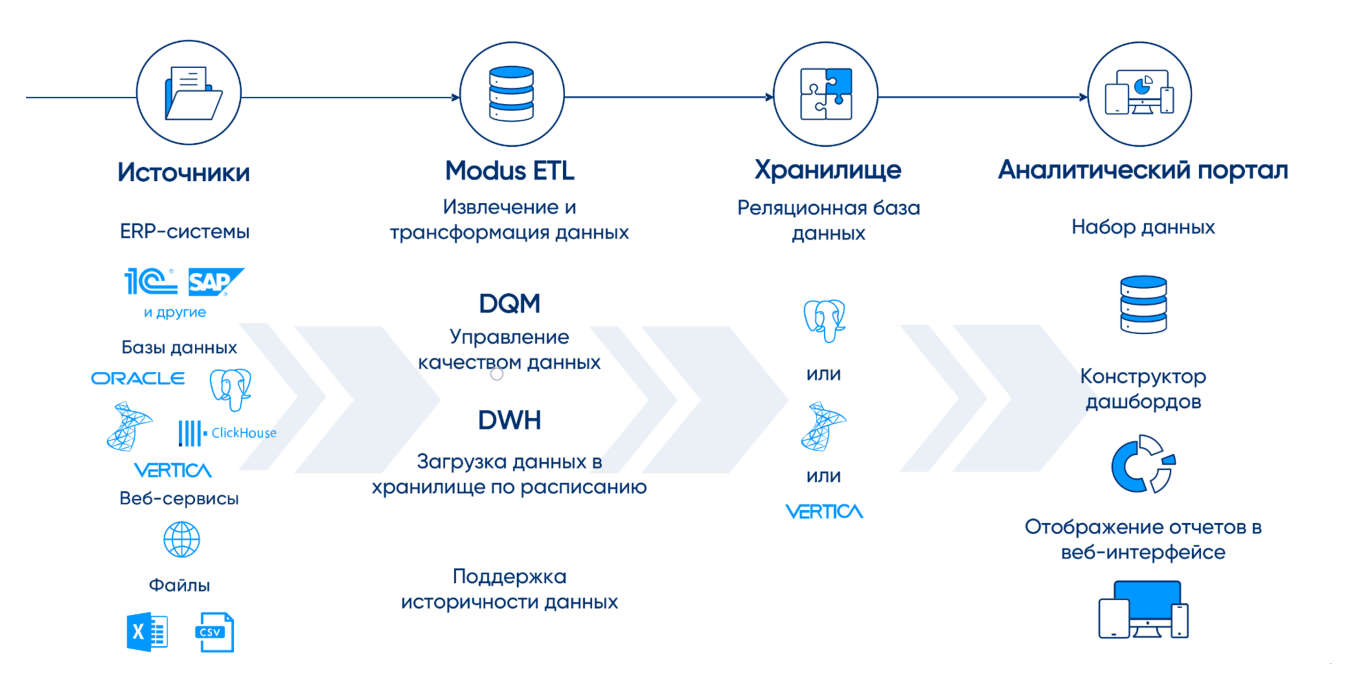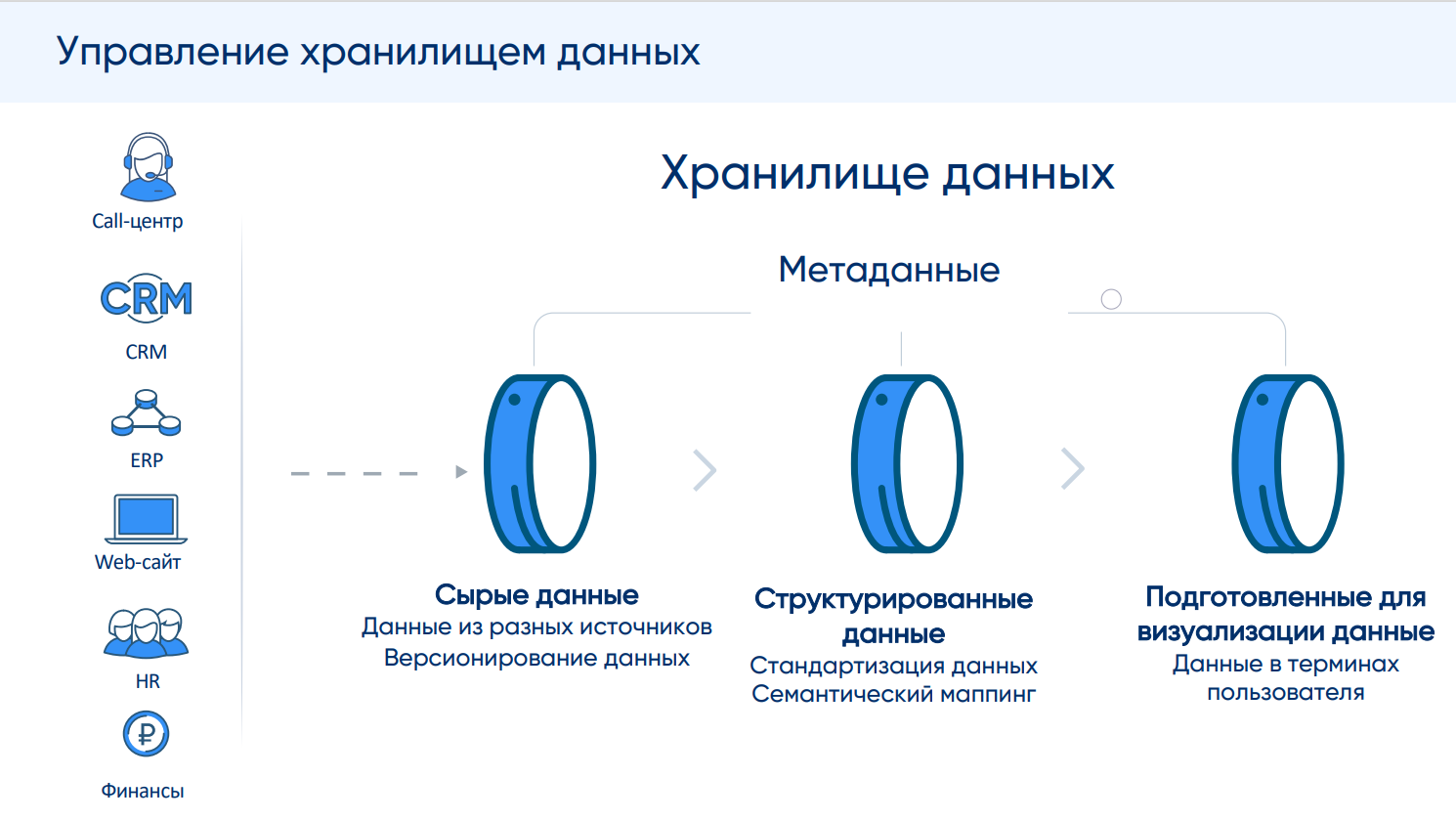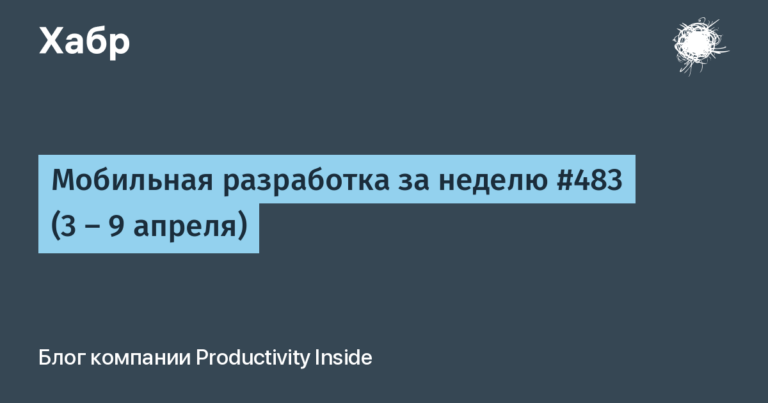Why and how to switch to Russian BI?
The business had a completely understandable question – how to work further?
Let’s talk about whether it is worth switching to Russian BI, and how this process takes place. Go!
Why not wait?
Foreign BI vendors stop cooperation with Russian clients: they do not sell new licenses, they freeze the renewal and technical support of existing ones. It is impossible to pay for a subscription or purchase of licenses from cards of Russian banks.
For some time, business thought that this was not for long – they were looking for a circumvention of sanctions, paying with foreign cards, etc. And they waited. Now it became clear that this is “seriously and for a long time.”
Companies for which BI has become part of their daily business routine are faced with the need to quickly replace non-working services with something.
In order for the company not to be left without data, not to lose all developments and reduce dependence on a foreign vendor, it is better not to wait with the transition to another BI.
What is needed for the transition?
Under normal conditions, the selection and implementation of BI platforms is a step-by-step process that starts with the first pilot project for 10-20 users or analytics of a certain data section (financial, personnel, etc.), and then scales up to the entire company.
Now businesses are often not ready to wait and integrate new analytics systems “according to the classics” so as not to get bogged down in analytics and data monitoring at the migration stage.
On the part of the customer, the most important stage is the understanding of the goals and objectives that the new system will face. Next – the work of the integrator and vendor.
For example, to migrate to Modus BI or Modus ETL, we or our integrator partner create a migration roadmap, analyze the requirements, the existing application architecture in the company, and the state of the data sources.
Further, the customer or integrator prepares the data for the requirements of the new BI, develops new summary dashboards, tests and transfers it to the customer for commercial operation.
In words, everything sounds quite simple, but in fact, for such a transition, vendor or integrator developers must be professionals, because the key value is data security, their historicity, and connections. And our role here is not only to replace, but also to make the use of analytics systems more efficient.
Our partner, A2 Consulting, recommends that all our clients add another important intermediate step – the creation of an analytical data warehouse.
Firstly, it will make it possible to change the analytical shell according to your requirements, secondly, it will speed up the response of systems and, thirdly, it will guarantee the security of data that flows from various sources into a single repository.
One of the key advantages of such a scheme is the reduction in transition costs: 70% of any project is working with data, and this stage will already be ready. The result is a rapid implementation of BI and cost reduction.
Implementation stages
At the first stage, the integrator team creates a roadmap for the transition from the existing platform to Modus and prepares a description of the ETL processes and data pipeline. Then it deploys the system, integrates with sources, sets up data transformation scenarios and the schedule of ETL processes to form a corporate data warehouse (ClickHouse, PostrgreSQL, etc.).
After that, the stage of testing and putting the system into commercial operation begins. And then – technical support for the project, setting up existing solutions and optimizing them.
Project stages
Preparation of data sources (information system, DBMS, 1C, web service, etc.).
Designing the structure of an enterprise data warehouse (DWH);
Setting up rules for obtaining and processing data in DWH in accordance with scenarios of ETL processes.
Creating and customizing dashboards using the constructor.
Training users to work with DWH and create their own BI reports.
Independent work with data and reports in the mode self service.
Development of analytical sections based on the recommendations of BI teams and analytics departments (omnichannel, end-to-end web analytics, geoanalytics, etc.).
Business intelligence integration with machine learning and predictive analytics (Python libraries).
Incision expansion data lake through integration with new sources and other types of data storage.
Possible implementation scheme

Results:
Created a single corporate repository based on primary sources;
Customized analytical dashboards in the BI platform.
Stored Data Types

The Modus ETL platform automates the collection of data from various sources, ensures the processes of verification, normalization and subsequent formation of a single corporate data warehouse.





